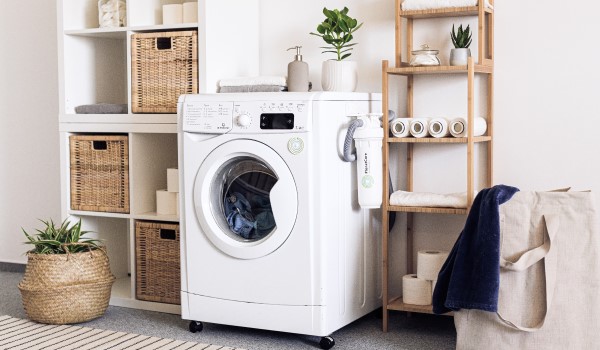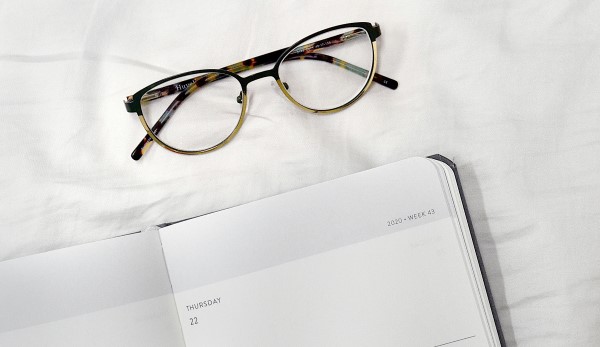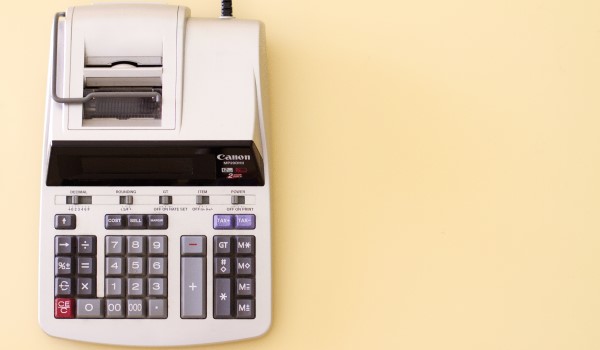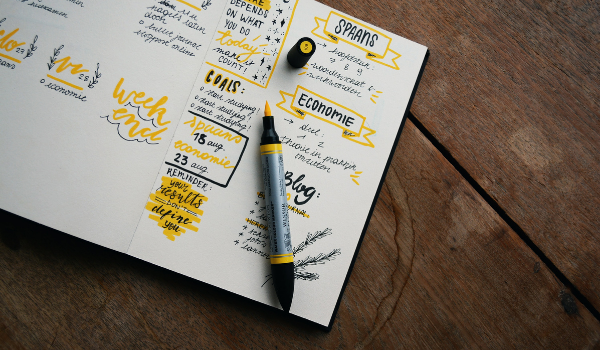There are lots of changes, big and small, that you can consider making in the way you run your home, to try and support the environment, and tackle rising energy costs as best we can. Discover tips on how to make your home more energy efficient and eco-friendly, here. Remember, some of these savings may need initial spending so it's always best to work out whether it'll cost you money in the long run for your personal circumstances.
Switching to LED lightbulbs
LED lightbulbs have steadily become the most energy efficient option for lighting the home and can potentially save up to £13 per 100W traditional bulb, per year. LED bulbs are also versatile and can be used in most appliances and rooms, plus prices have dropped in recent years.
Insulating your home
Depending on the age of your house, insulation may have been pre-installed e.g., in a new build, whereas in older buildings, there may be little to none, allowing more heat to escape.
Wall insulation
According to Energy Saving Trust, around one third of heat lost in an uninsulated house leaves via the walls. As such, it might be worth checking what kind of walls you have, to find out what type of insulation you could have installed.
Prior to the mid-1980's, houses were generally built without insulation, built with solid walls (in brick or stone, which can be layered with insulation) or cavity walls (made up of two walls with a space in the middle, which can be filled with insulation).
Roof and loft insulation
With a quarter of all heat lost in an uninsulated home escaping via the roof, you might consider having loft or roof insulation installed to try and reduce wasted energy. This can be achieved with fabric insulation, rigid boards or spray foam, and Energy Saving Trust predicts a lifespan of around 40 years.
First, you would need to know what the loft will be used for, as loft (floor) insulation will prevent warmth from reaching the loft and requires a raised floor, reducing storage space. If the loft will be used for storage, or as a living space, warm (roof) insulation might be preferable. For flat roofs, you could consider adding insulation on top of the roof.
Whichever roof type you have, any damp or condensation issues should be investigated and fixed before considering insulation. And remember, changes to use of loft space may be subject to planning or building regulations approval.
Draught insulation
Controlling draughts around the home can be one of the most cost-effective methods of insulation. It can be done manually with easy-to-find resources, helping to keep the heat in and the cold out.
Common sources of draughts are:
- Windows, which can be insulated with replacement glazing.
- Doors, where you could install fitted door brush strips, use fabric draught excluders, letterbox plates and keyhole covers.
- Fireplaces and chimneys, though you’ll likely need to consult a professional on the best way to insulate here.
Renewable energy sources
Renewable energy is any producer of power that derives from natural sources and is constantly replenished. In the UK, wind, bioenergy and solar are the top three producers of renewable energy and account for at least 20% of energy production.
Wind energy
Wind turbines are also familiar landmarks across the country. A smaller system can be installed in the home as either a free-standing pole or installed directly on the house. The blades are turned by the wind and engage the turbine, generating clean energy. It’s possible to save around £320 a year with a wind turbine system at home.
Hydroelectric energy
If you live near a river or lake, hydroelectricity (energy generated by the movement of water) can be an option to power your home. Check with your energy supplier if any installation options are suitable for you based on your area.
Using eco-friendly products
The products we use at home could have a positive effect on our wallets, the environment and our energy consumption. This might be as simple as changing the type of bags we use to do our shopping and cutting down on our use of non-recyclable plastics.
Here are some ideas of products you could switch with an eco-friendly alternative:
- Reusable bags and Bags for Life.
- Recycled cutlery.
- Recycled toothbrushes.
- Biodegradable plant pots.
- Eco-friendly laundry detergent and capsules.
Washing and drying
Keeping our clothes clean and dry uses a considerable amount of energy, with six in ten of us running washes at 40 degrees or more. Hot washes use more energy and thus bump up electricity bills.
A cold wash can be just as effective at cleaning your clothes as a hot wash, and uses less energy to do so. If you wash lots of clothes regularly, this could help cut down on energy consumption. Reducing the frequency of your washes and only washing full loads may also save on energy used.
Making the garden wildlife-friendly
The garden is a location rife with potential for animals and insects to thrive. Building an eco-friendly garden can provide a habitat for creatures whose homes have perhaps been overtaken by modern architecture. This can be achieved with the use of recycled materials, which in turn require less maintenance and therefore could potentially save money.
Grass
It might not be for everyone, but letting the grass grow in our gardens can be a haven for several species of insect and fauna. Long grass can boost the growth of daises and other flowers that creatures such as bees and butterflies love. If you're a tenant of a rental property then you might need to check with your landlord that this OK.
Feeders
A bird box or feeder encourages birds into our gardens to consume food and play their part in the local ecosystem. Some feeders are eco-friendly and constructed from recyclable or biodegradable materials, rather than plastics, and so don’t pollute the garden once the feeder is empty.
Fat cakes are a treat for birds in our gardens and can be made from unused foods in our kitchens, such as cheese. Rather than throwing unwanted food away to landfill, try putting them together into a fat cake for the birds to snack on.
Ponds
A pond doesn’t have to be huge to provide a habitat for local wildlife. Buried buckets are a simple alternative for smaller gardens; fill it with unchlorinated water and you have a wet wonderland for water lilies, frogs and animals looking for a quick drink.
Gap in the fence
Animals such as hedgehogs are a rarer site today, owing to the removal of their natural habitats and food sources. Having a small hole in your fence or garden perimeter creates a ‘hedgehog highway’ that gives hedgehogs a pathway through our gardens in their search for food and mating partners.
For more home-centric advice, read our guide to renovating your house on a budget, or visit our blog to discover more helpful articles.









